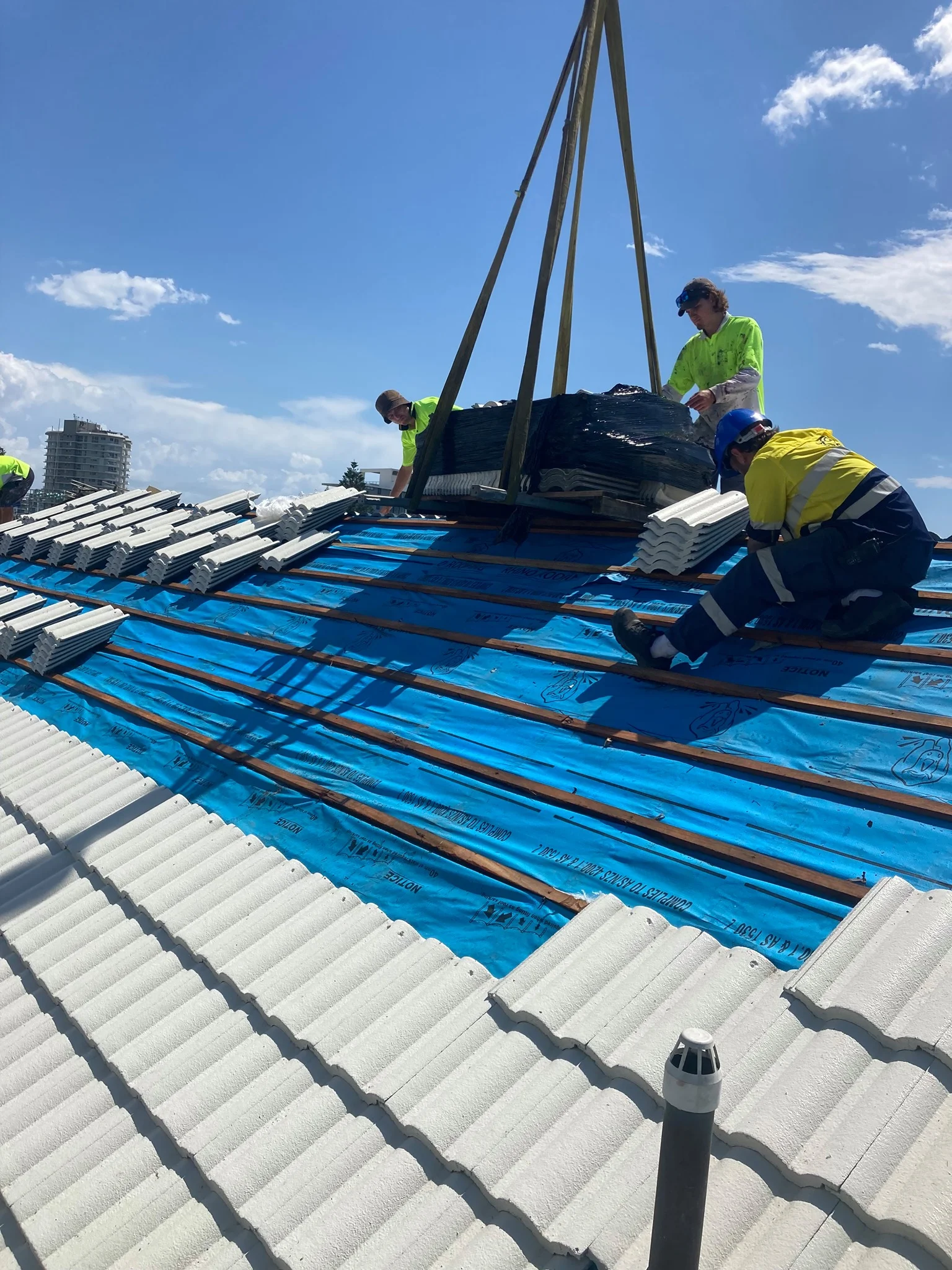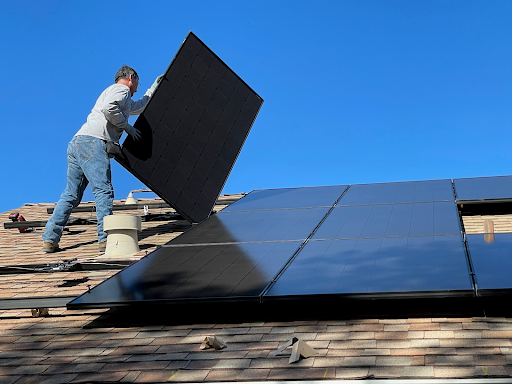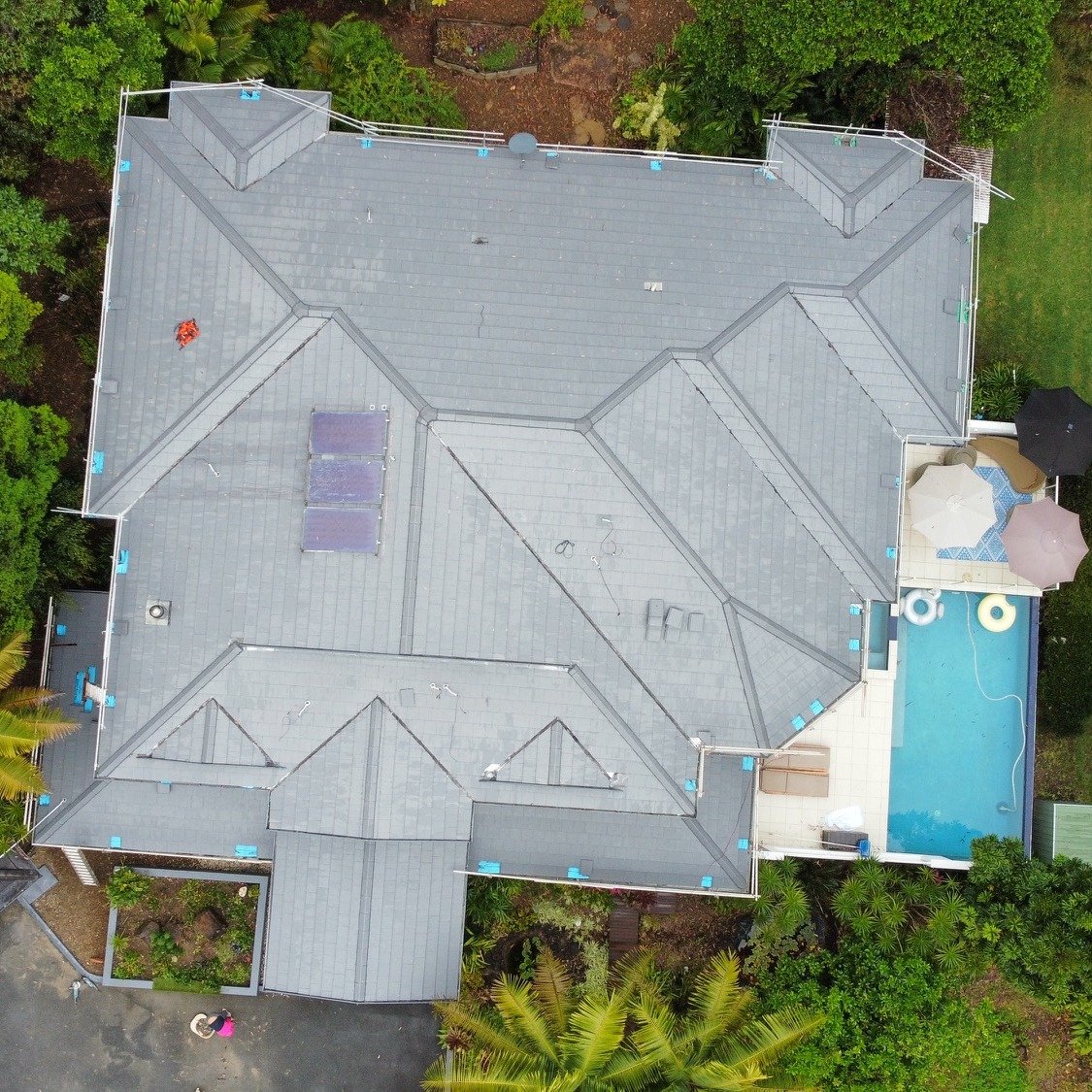When most Queensland homeowners think about roof maintenance, they usually focus on the tiles themselves. But there’s another critical component that often gets overlooked: the roof tile underlayment. This hidden layer beneath your tiles is essential for protecting your home against Queensland’s harsh climate, yet many people are unaware of its importance.
At Storm Call Roofing Projects, we frequently assist Brisbane and Gold Coast homeowners with understanding the role underlayment plays in their roof’s longevity and performance. Let’s dive into exactly what roof tile underlayment is, why it matters, and what you should consider when maintaining or replacing your tiled roof.
What is Roof Tile Underlayment?
Roof tile underlayment is a protective barrier installed directly beneath your tiles, usually made from durable synthetic membranes or waterproof felt material. It provides a secondary layer of defence against water, moisture, and wind-driven rain, safeguarding your roof structure and home interior.
Though you rarely see it, the underlayment is one of the most critical aspects of your roofing system, especially when Queensland’s storm season hits.
Why Roof Tile Underlayment is Essential in Queensland
Queensland’s climate presents unique challenges, such as intense heat, tropical storms, heavy rainfall, and high humidity. Here’s how underlayment helps protect your home:
- Waterproofing Protection: Even well-installed tiles can allow some water penetration during storms. Quality underlayment ensures any moisture that penetrates the tiles is channelled safely away, preventing internal damage.
- Prevention of Moisture Damage: Underlayment acts as a moisture barrier, protecting the roof structure from mould, wood rot, and potential structural issues caused by Queensland’s frequent rains and humidity.
- Enhanced Wind Resistance: High-quality underlayment helps secure roof tiles during severe weather events, significantly reducing the risk of wind-driven tile displacement or loss.
Types of Underlayment for Tiled Roofs
In Queensland, roof tile underlayments typically come in two primary types:
1. Traditional Asphalt Felt Underlayment
This classic option is composed of heavy-duty paper saturated with asphalt. It’s economical, widely used, and effective for basic waterproofing needs. However, asphalt felt can degrade over time, especially under prolonged heat and moisture exposure.
2. Synthetic Underlayment
Modern synthetic underlayment is increasingly popular due to its superior durability and resistance to tearing, moisture, and UV rays. It provides better long-term protection for Queensland roofs and typically lasts much longer than traditional felt.
Signs Your Underlayment Needs Attention
Because the underlayment sits beneath your tiles, homeowners often overlook its condition. Here are common signs that indicate potential underlayment issues:
- Regular or recurring roof leaks, even after tile repairs.
- Dark patches or staining visible on your ceilings or attic spaces.
- Increased dampness or musty odours inside your home.
- Visible sagging or unusual dips in your roof structure.
If you notice these signs, it’s crucial to have your roof professionally inspected.
How Often Should Underlayment Be Replaced?
While roof tiles typically last several decades, underlayment often has a shorter lifespan, especially felt underlayment, which typically lasts around 20–25 years. Synthetic underlayments can last considerably longer, often over 30 years.
Regular inspections are critical for detecting issues early and ensuring your underlayment remains effective. If your tiles need replacing or restoration, consider upgrading your underlayment at the same time for enhanced protection.
Choosing the Right Underlayment for Your Roof
When selecting new underlayment for your Queensland home, here are a few factors to consider:
- Climate: Synthetic underlayments offer better resistance to UV, heat, and moisture, ideal for Queensland’s climate.
- Roof Pitch and Design: Steeper roofs generally shed water more quickly, but lower-pitched roofs will particularly benefit from higher-quality underlayments to prevent water intrusion.
- Budget: Traditional felt underlayments are cost-effective but require replacement sooner. Synthetic options cost slightly more upfront but offer better long-term performance and value.
Your roofing professional can guide you in choosing the best underlayment option based on your specific home and climate needs.
The Bottom Line: What Lies Beneath Truly Matters
The right underlayment makes a significant difference in protecting your home and extending the lifespan of your tiled roof, particularly in Queensland’s demanding climate. Regular inspections and timely replacements ensure this hidden but vital component continues to provide reliable protection.
At Storm Call Roofing Projects, we specialise in comprehensive roof assessments and can help ensure your underlayment is in peak condition. Whether you need an inspection, a complete roof restoration, or advice about upgrading your underlayment, we’re here to help.
Get in touch with us today to discuss your roof’s underlayment and keep your home protected and comfortable all year round.






